Huawei CEO says its chips are just one generation behind the U.S.
Huawei CEO Ren Zhengfei says that Huawei's latest chip is just one generation behind the United States.

With the release of the 5nm Kirin X90 processor designed by Huawei and built by SMIC for the former's new foldable laptop, the beleaguered Chinese manufacturer says that it is just one generation behind the U.S. TSMC and Samsung Foundry will be shipping 2nm chips to clients next year so perhaps right at this moment, Huawei's 5nm components are just one generation behind the 3nm silicon being used on flagship smartphones like the iPhone at the moment.
Thanks to pressure from the U.S., Huawei, and SMIC are unable to obtain Extreme Ultraviolet (EUV) Lithography machines from the one company in the world that makes them, Dutch firm ASML, Huawei and SMIC are only able to use older Deep Ultraviolet (DUV) Lithography machines which prevent Huawei and SMIC from catching up to TSMC and Samsung. The EUV and DUV machines transfer circuitry patterns to a silicon wafer which is the foundation of the chips manufactured by the foundries.
By printing smaller features on silicon wafers, EUVs can create patterns that allow more transistors to be shoehorned inside a chip.The higher a chip's transistor count, the more powerful and energy-efficient it is.
In order to make the 5nm Kirin X90 chip, it is believed that SMIC resorted to using an advanced multiple patterning technique called Self-Aligned Quadruple Patterning (SAQP). Usually, EUV lithography is needed to produce chips at 7nm and lower. By using SAQP, SMIC shrinks the features to a size smaller than what a single DUV impression can deliver. There are issues with this technique. It can lead to lower yields and also raise the price of chips produced with this technology.
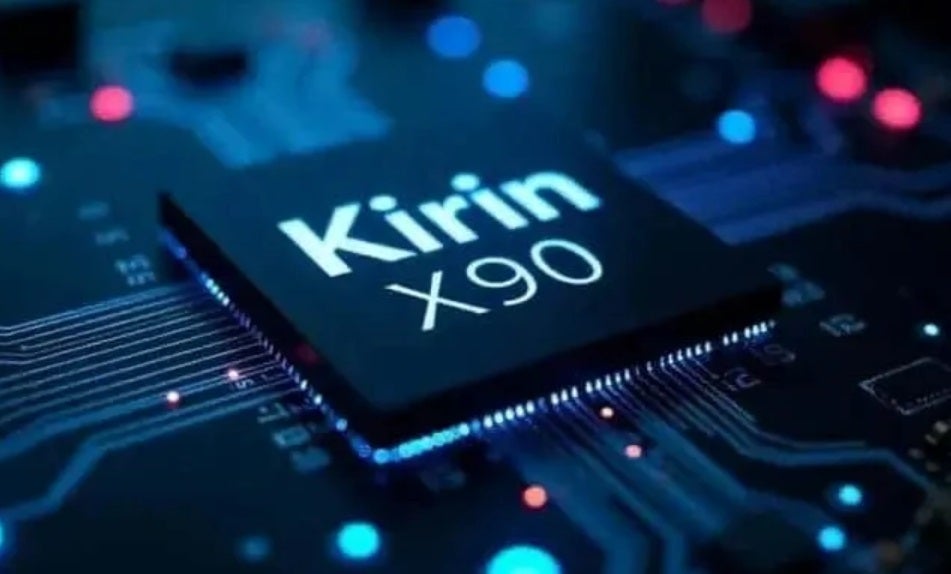
The Kirin X90 processor made by SMIC using its 5nm N+2 node. | Image credit-Alibaba
Huawei CEO Ren Zhengfei told state-run People's Daily that it invests 180 billion yuan ($25.07 billion) in research annually and that it sees promise in chips made using different elements. Talking about the U.S. sanctions that prevent Huawei from obtaining and making cutting-edge chips, Ren said that there is "no need to worry about the chip problem."
The Huawei executive also said, "Our single chip is still behind the U.S. by a generation. We use mathematics to supplement physics, non-Moore's law to supplement Moore's law, and cluster computing to supplement single chips and the results can also achieve practical conditions. Software is not a bottleneck for us." Moore's Law is the observation made by the late Gordon Moore, the co-founder and CEO of Intel, that the number of transistors inside chips double every other year.
While this is no longer strictly the case, Moore's Law continues to be a symbol of the efforts made by the chip industry to continue making chips more powerful, energy-efficient, and smaller.
Follow us on Google News

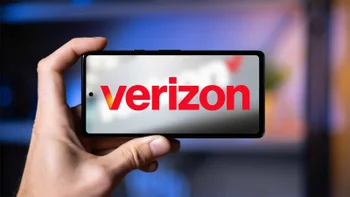
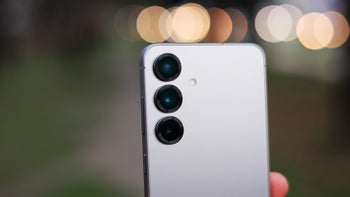
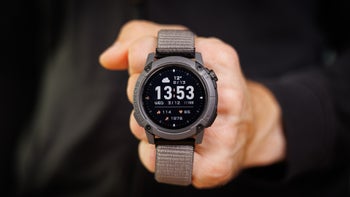
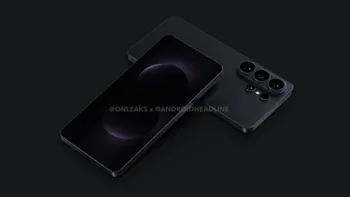


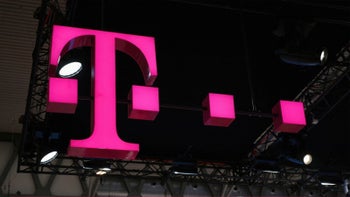




Things that are NOT allowed:
To help keep our community safe and free from spam, we apply temporary limits to newly created accounts: